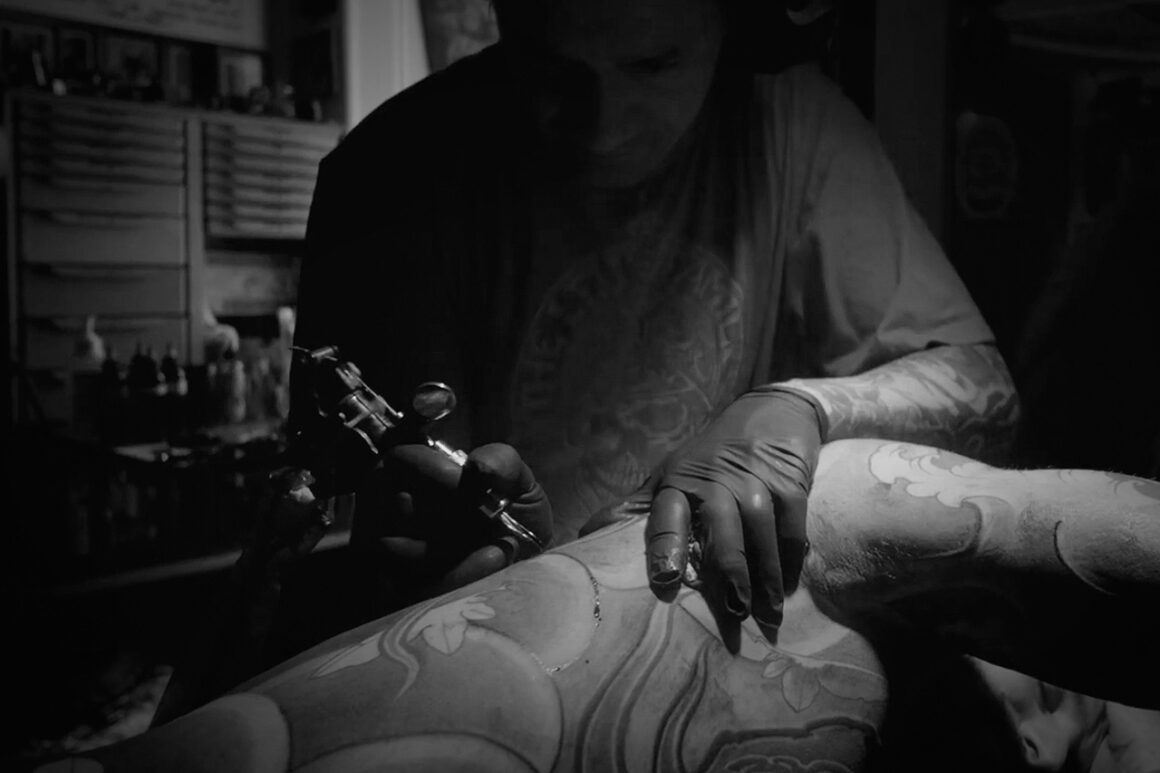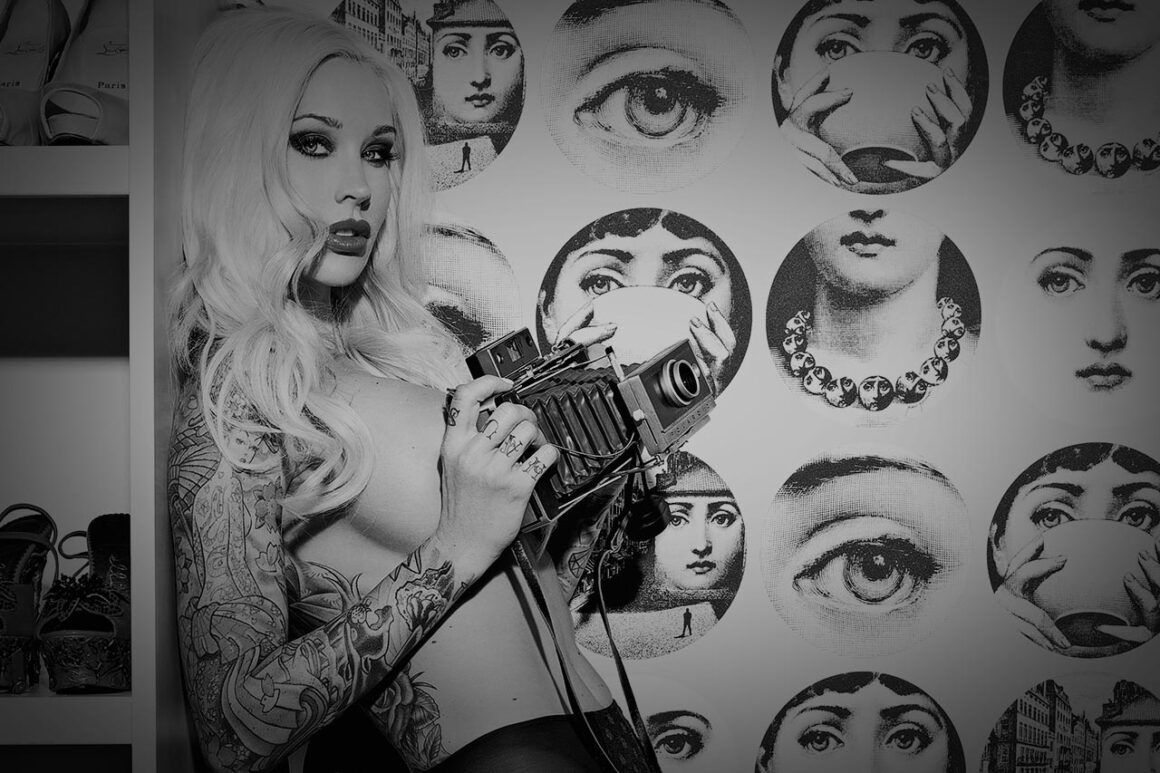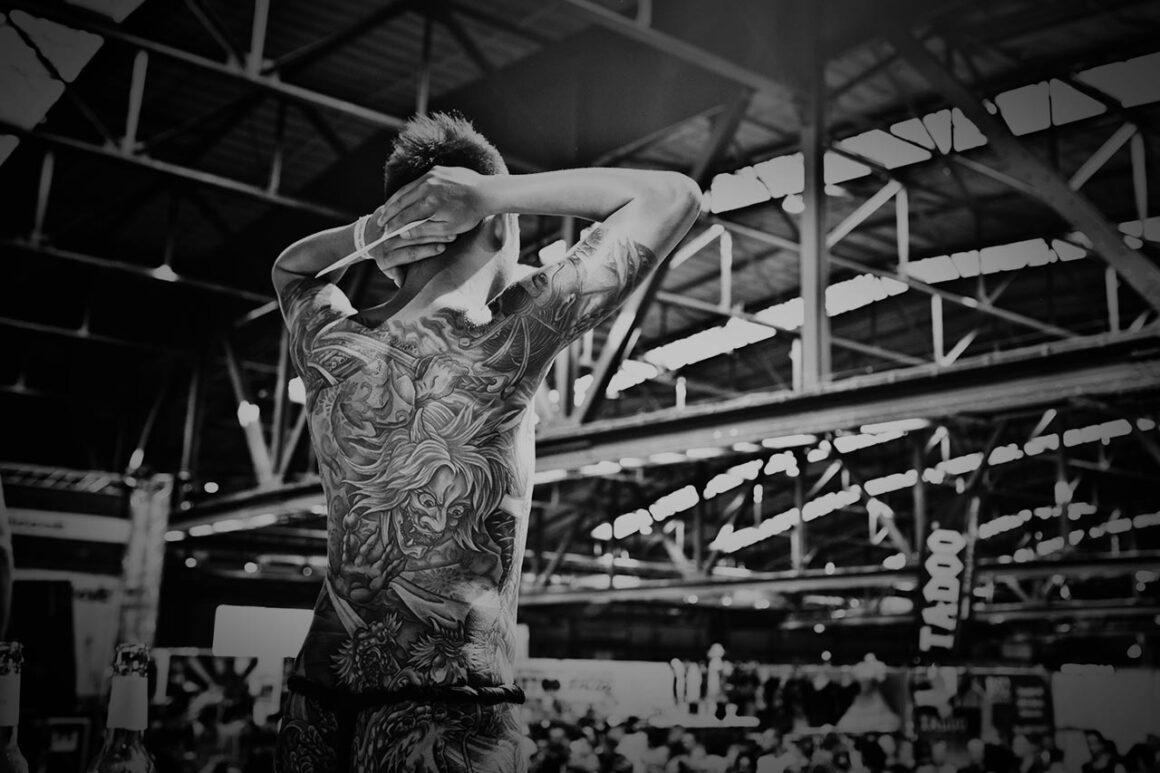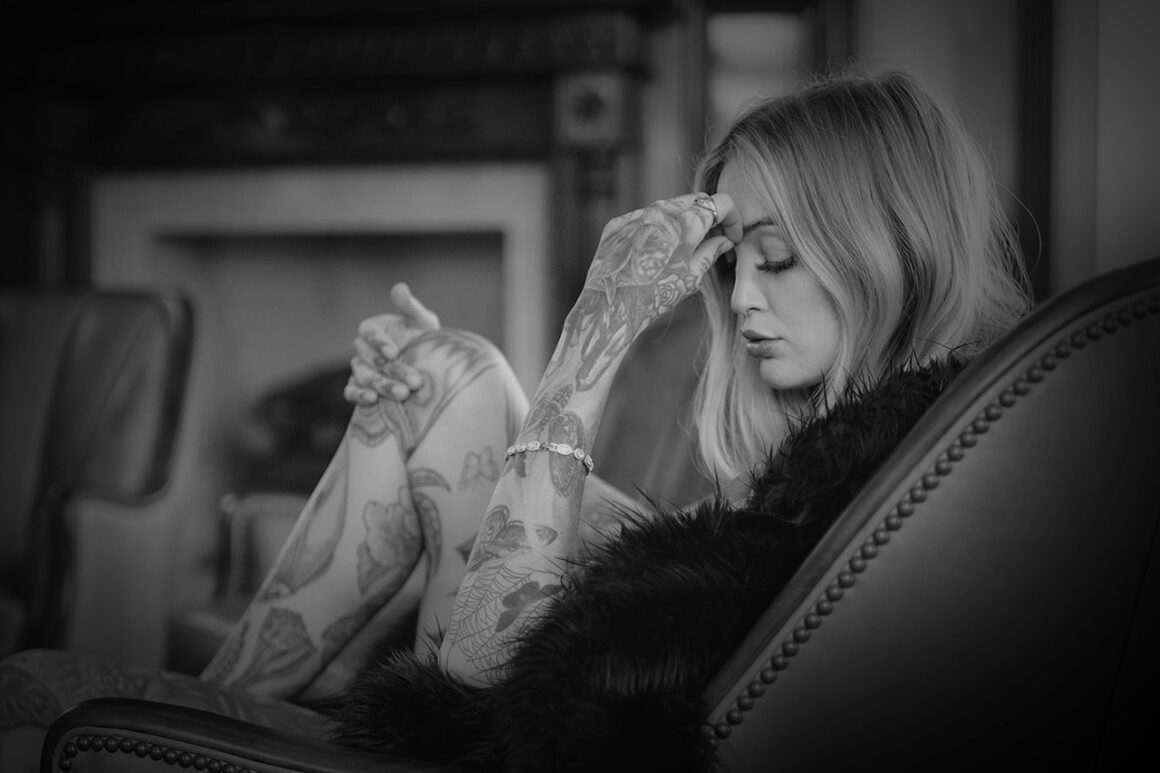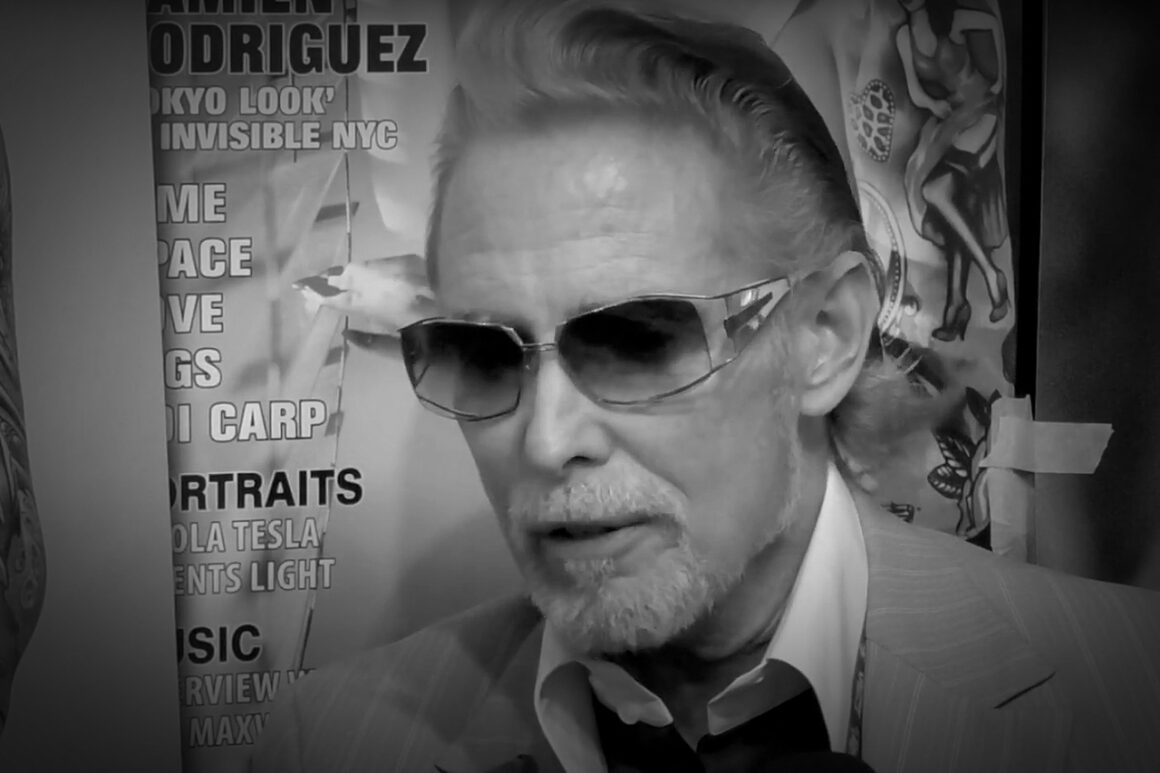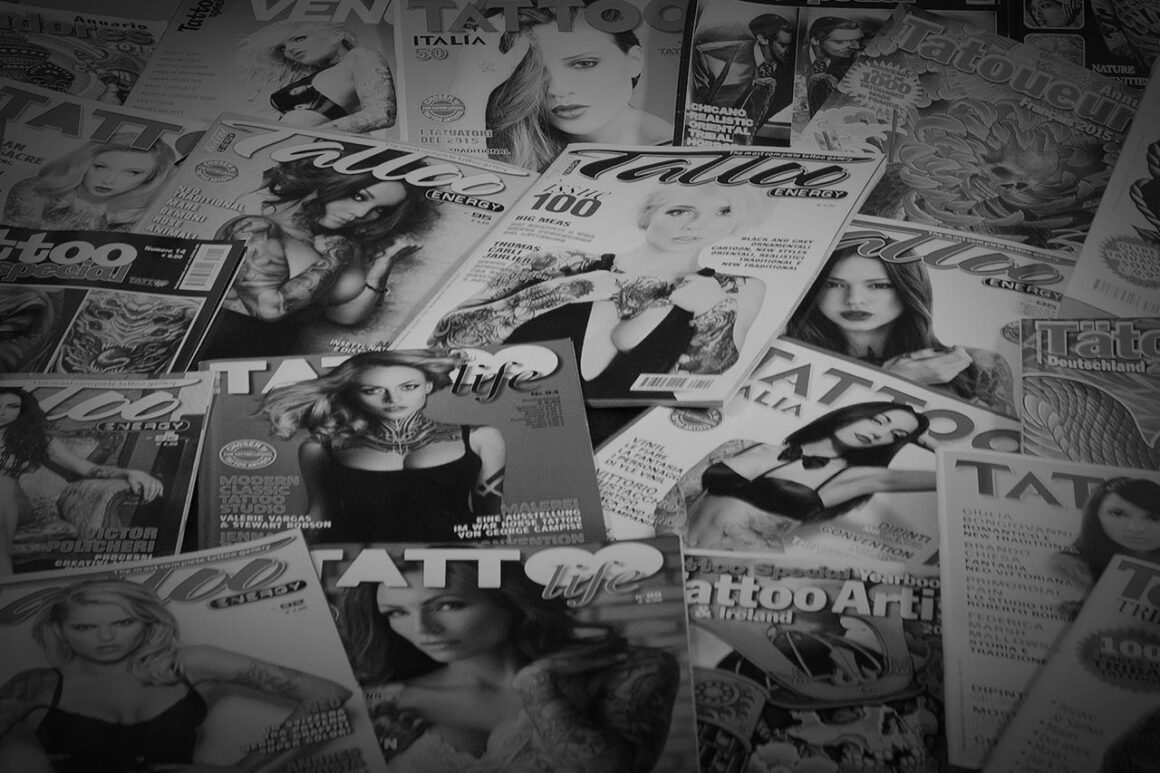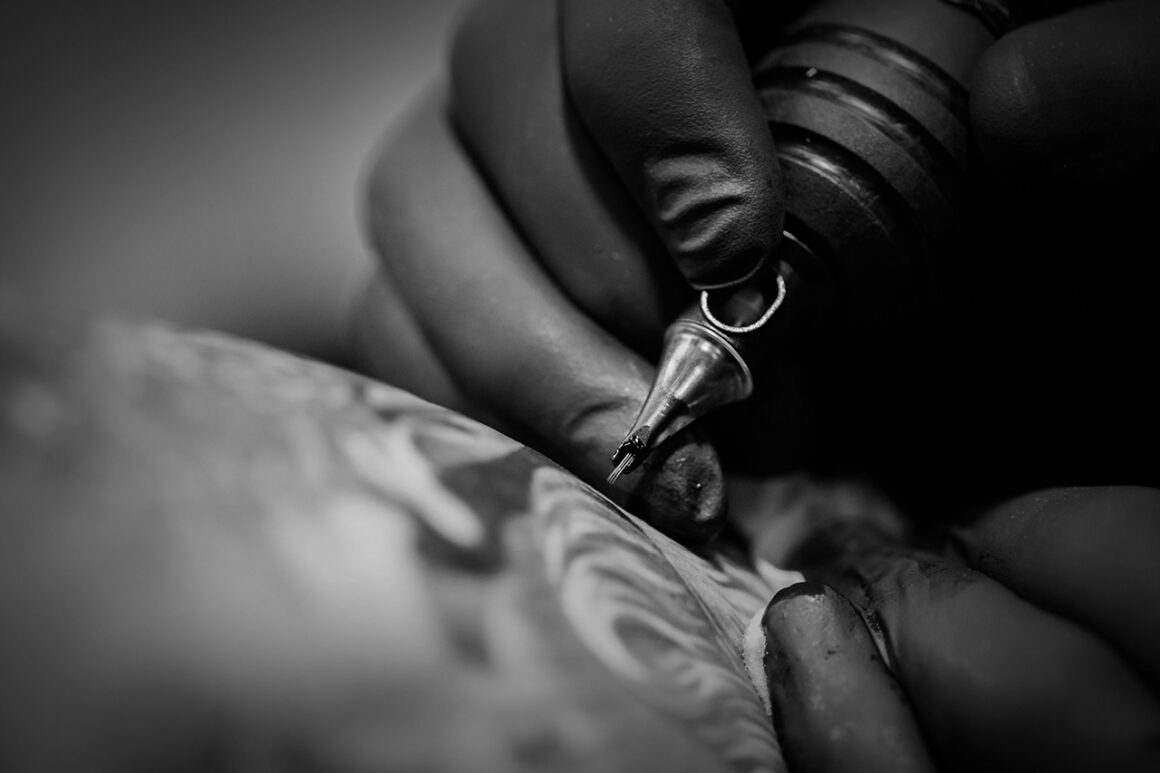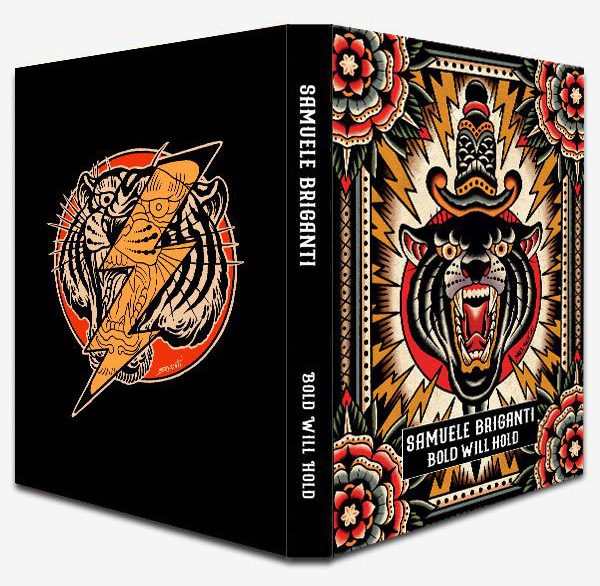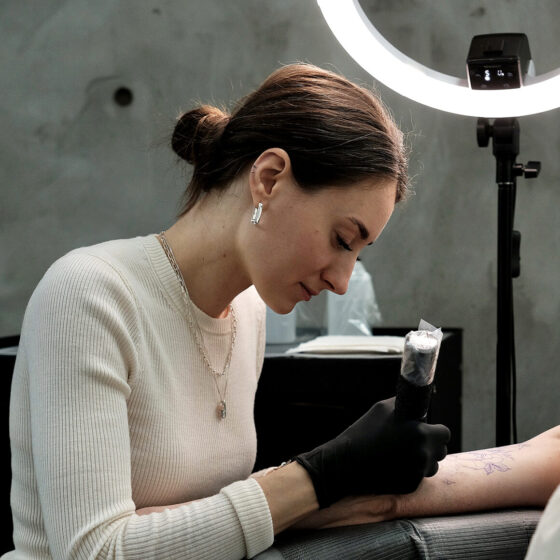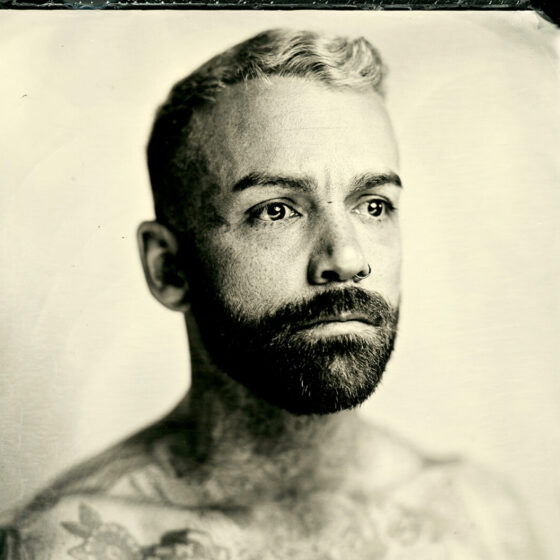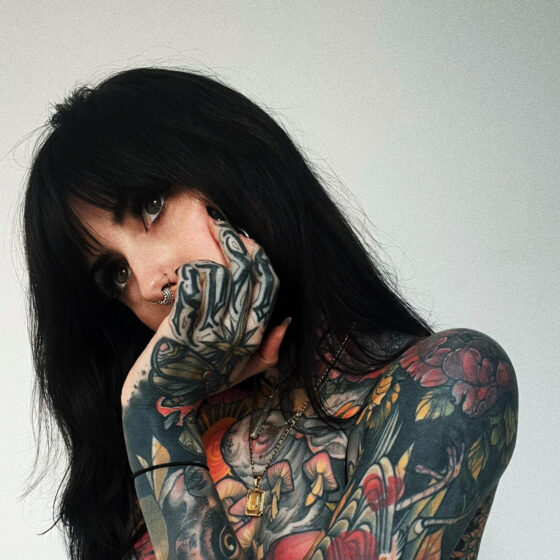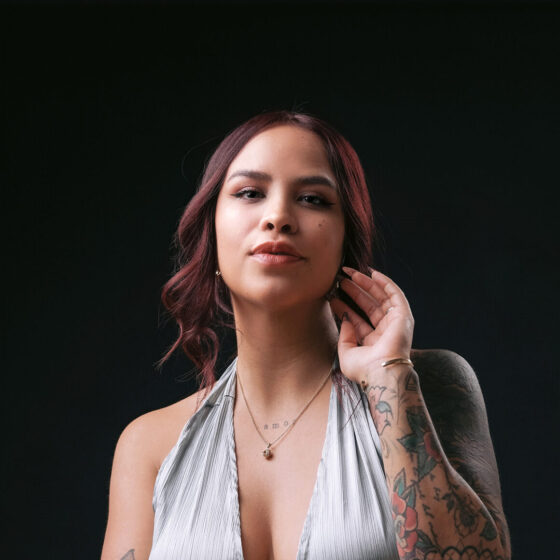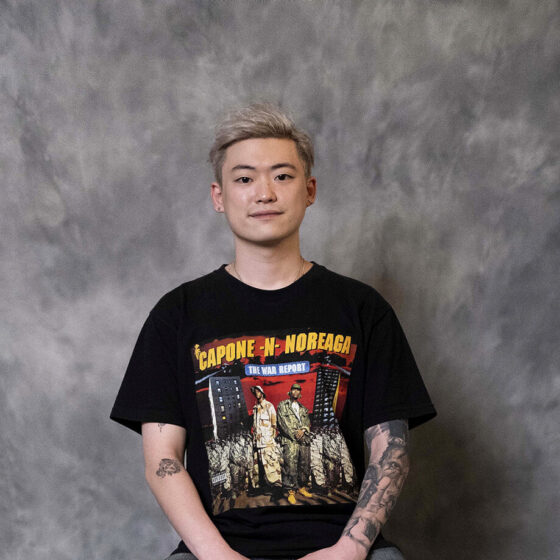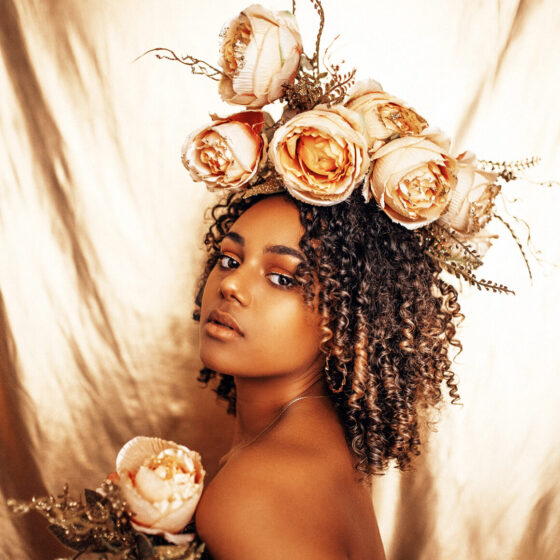In this interview Samuele Briganti tells us about Bold Will Hold, his new contribution to the series The Great Books on The Art of Tattooing from Tattoo Life where he brings together fifteen years of work with his unmistakable powerful Traditional hallmark.
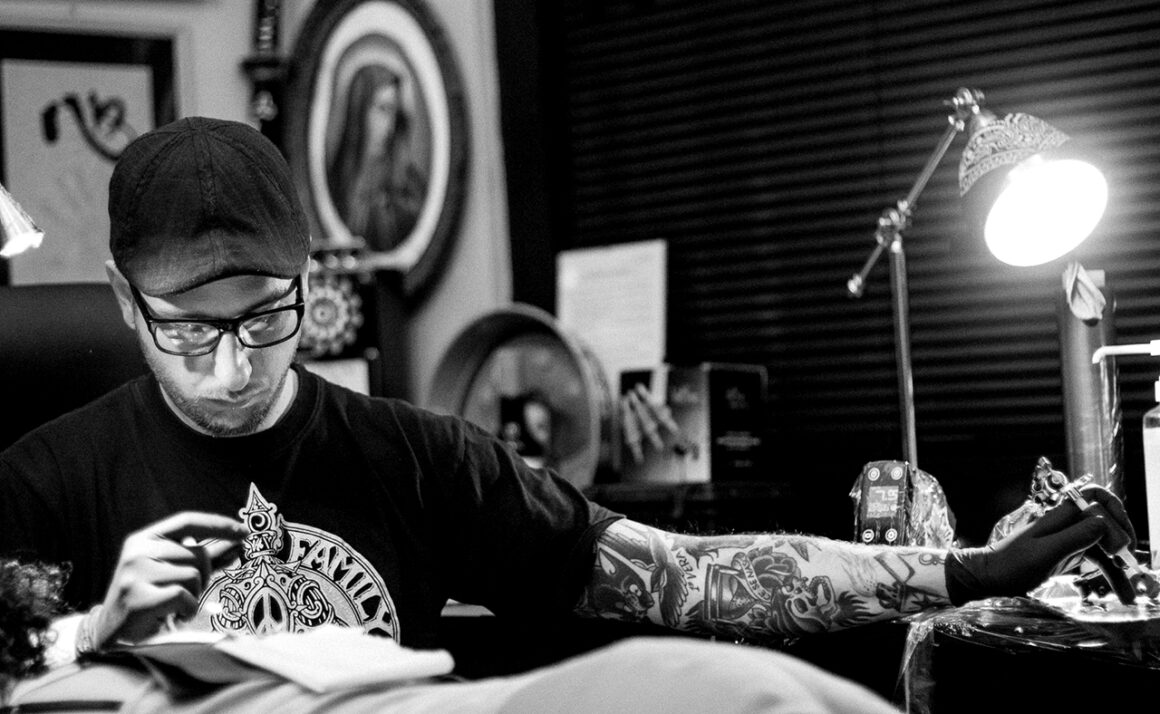
Hi Samuele, what will we find in this new book which is coming out soon?
This book is a collection of my work, pieces I selected myself in order to give a synthesis of my history, the different steps and experiments. Without any filters and as truthfully as possible, they illustrate the road I’ve taken in the world of tattoo and design from the outset to the present day.
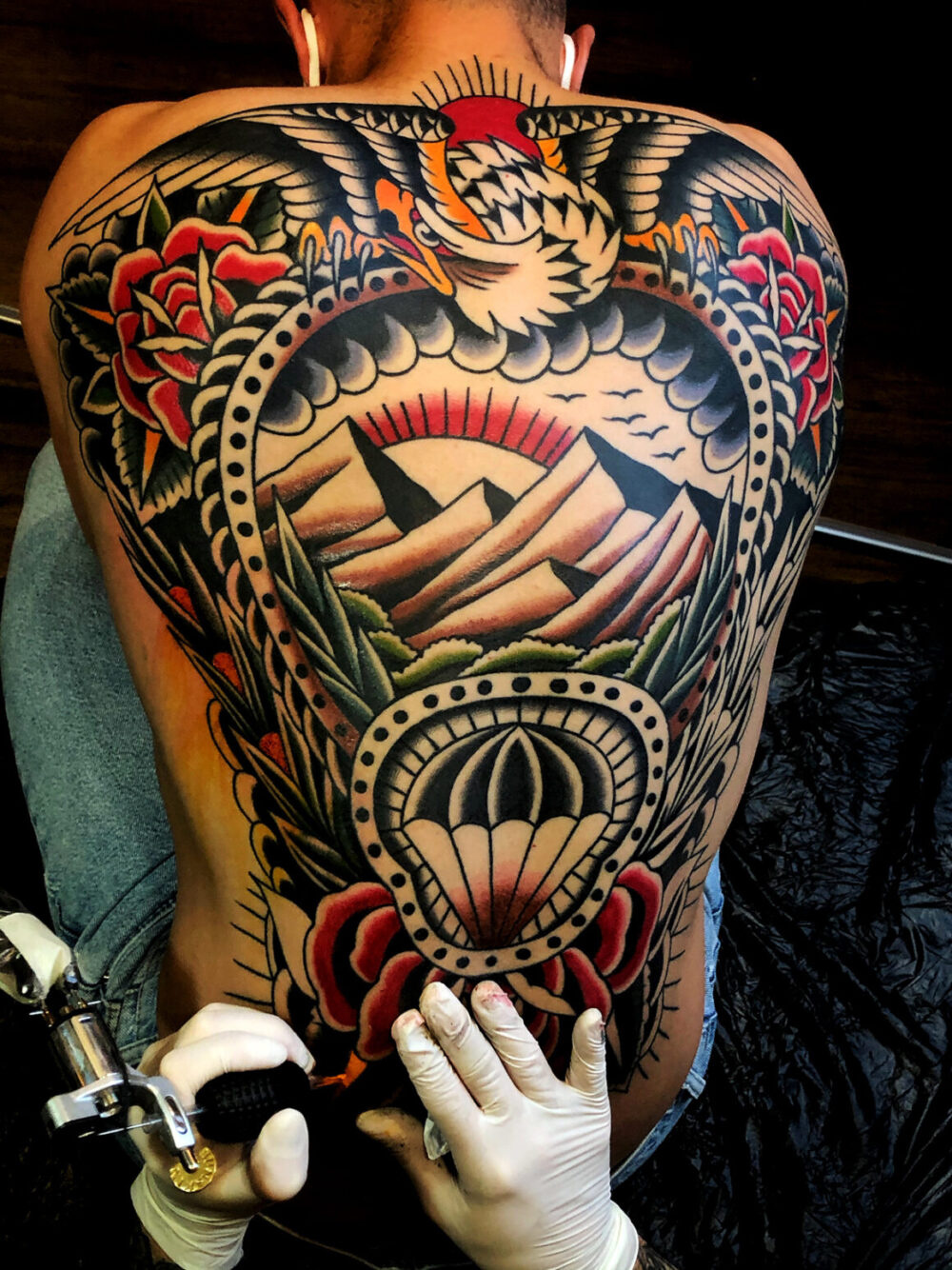
Where did the idea for this project come from?
It was completely unexpected: one day I got a call from Miki (Vialetto) suggesting that I do it. I accepted straight away because, seeing the artists who have been involved in it so far, it’s an honour for me to become a part of the series of books on the art of tattoo from Tattoo Life. So it was a sort of token of esteem on his part, something which is absolutely mutual!
Miki left me all the freedom I needed in selecting the material and I was really struck by the enthusiasm both of us brought to the project.
In a world like ours where everything these days is digital, I could feel the true passion for something real and tangible like a book.
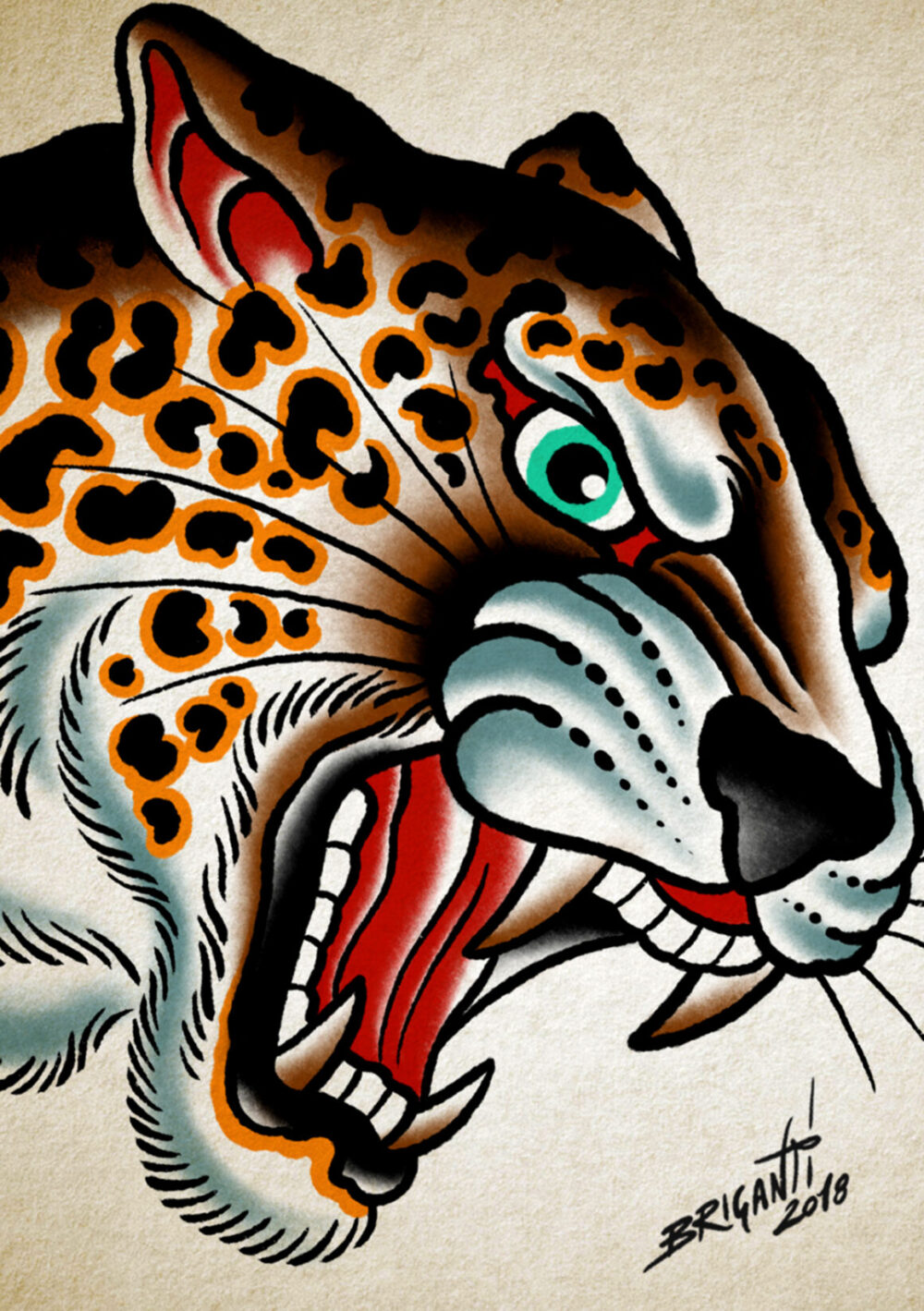
Bold Will Hold sums up what has always been your trademark in tattoo. Would you like to give us a brief explanation of the evolution which has taken place in the 25 years you’ve been on the scene?
First and foremost BWH also encapsulates what I have always aimed for: to keep the past in view. Initially, in the 1990s, just like many other tattooists, I would get frequent requests for stuff like Tribal tattoos and lots of Blackwork, then there was a brief hiatus in Oriental tattoo before I fell head over heels for Traditional.
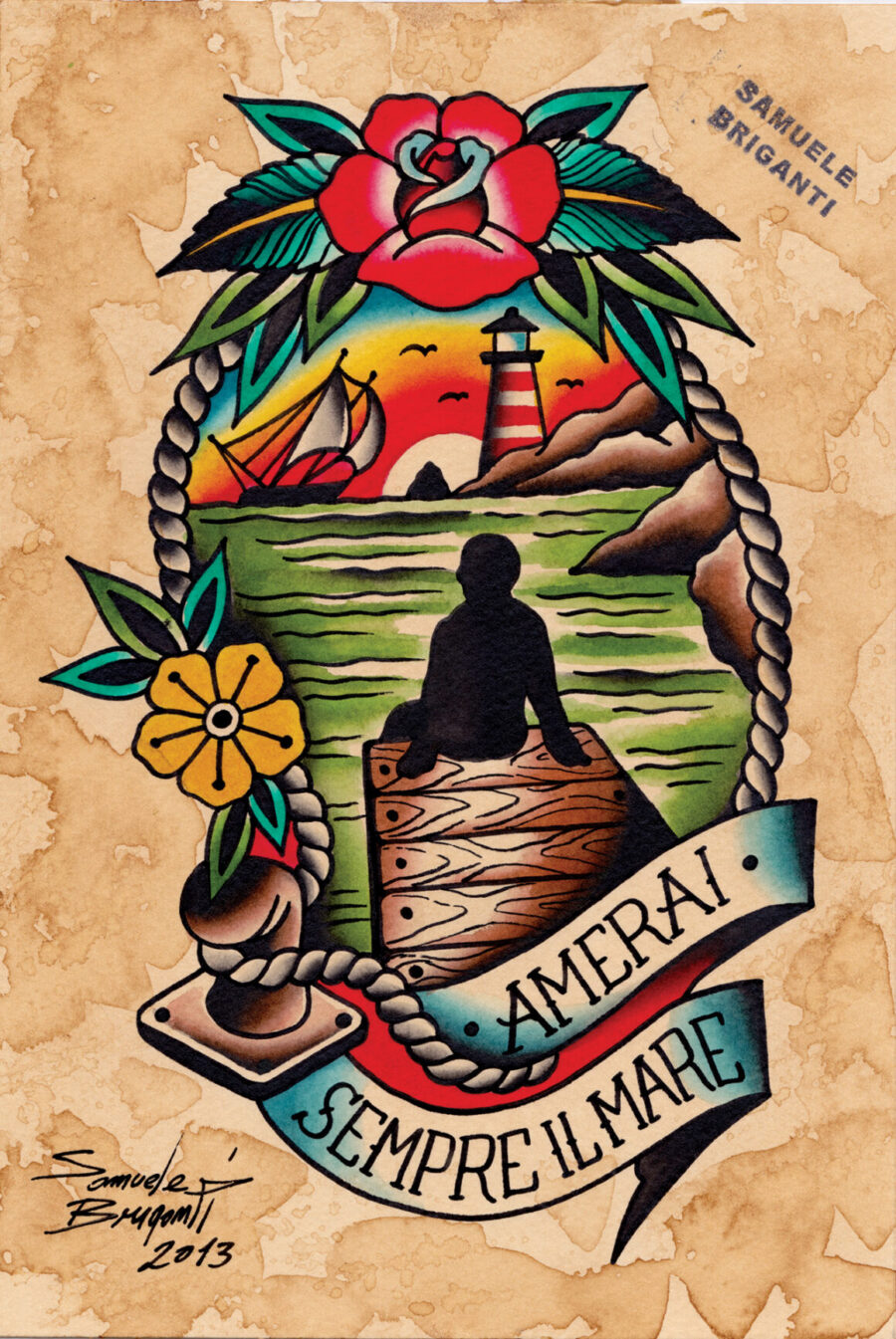
In those day, remember, I had to educate clients about this style, try to get them to understand the symbolism and legibility of these tattoos resistant to the passing of time. In the beginning I only studied and tattooed pure Traditional without any contamination, but I gradually began to insert details and colour variations that went outside the box for Traditional but without ever losing sight of the main characteristics: the pieces were always solid and easy to read. I let myself be influenced by the sea and the colours I had all round me, never forgetting the potency of those early twentieth century designs.
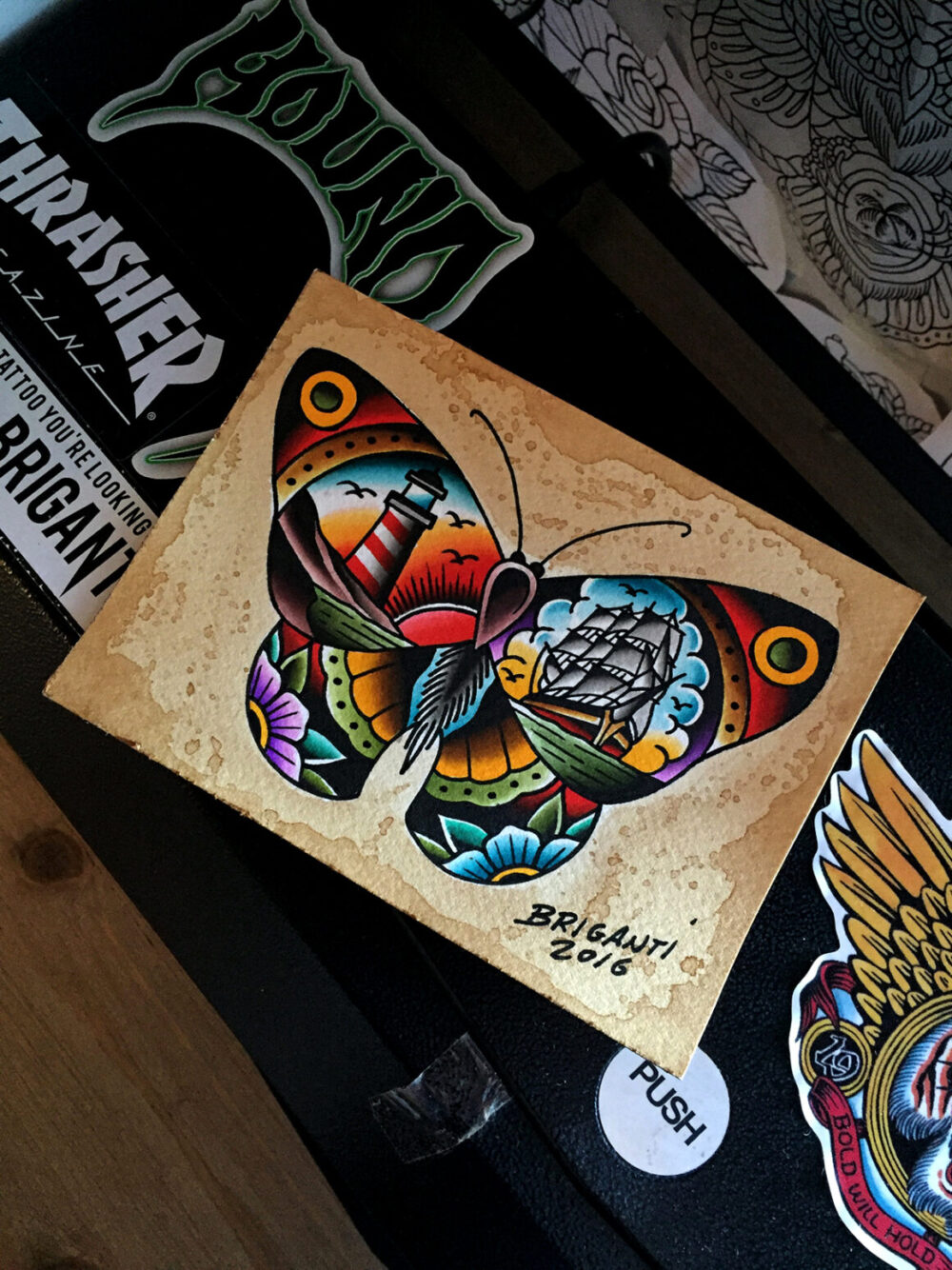
What is it that sets your Traditional apart as “European” as opposed to American?
I think it’s the way I mix certain subjects that were never mixed before, managing to blend experimentation and tradition.
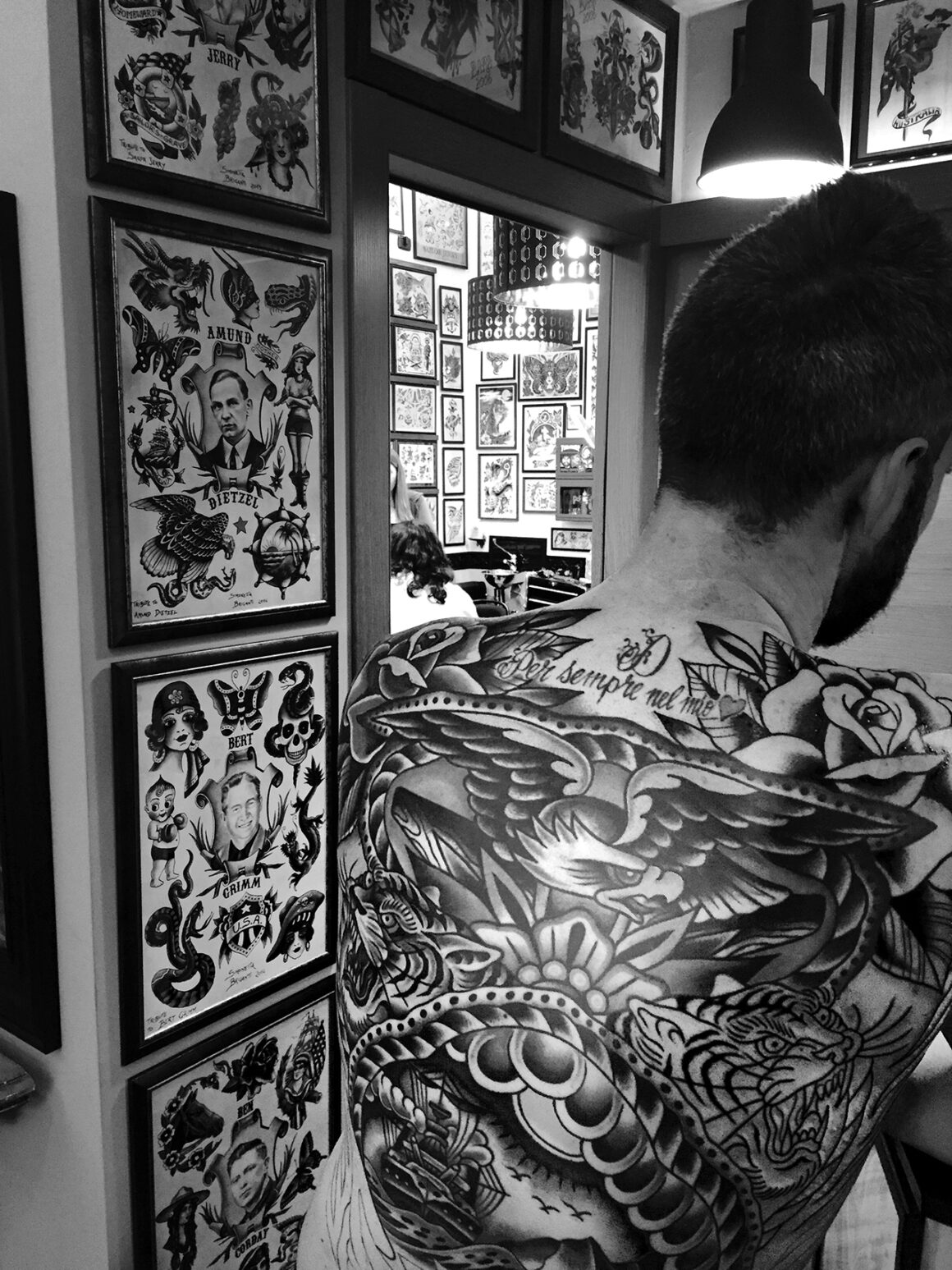
Is there anything from Italian culture in there somewhere?
Absolutely, especially some nautical themes which in American Traditional have often been used to represent the military life, while in mine it’s about our culture, our sea, sun, and the way of life. The fact that I was born by the sea had a big impact on my colour palette and the subjects. Speaking of which, in the late period of Sailor Jerry in Hawaii, he was no longer doing warships and cannon but sailing ships and sunsets.
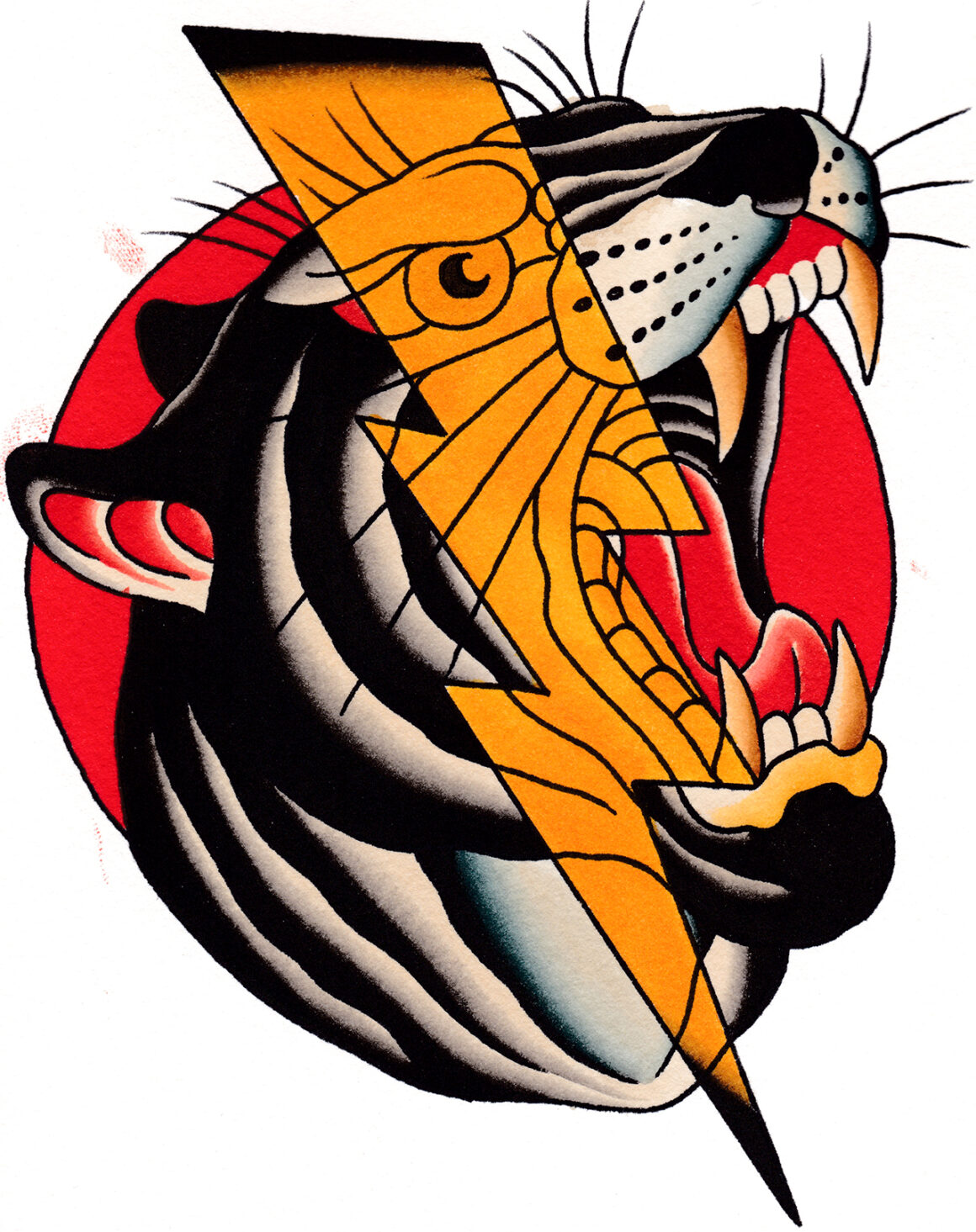
Are drawings a preparation for the tattoo for you or a way of doing something different?
No, I would say that I only draw and study things that have to do with tattoo, a continuous search for little details which allow you to change over time without losing the personality of the piece. To devote myself to anything else would be to take time away from this really important thing. It’s better to do just one thing and do it well.
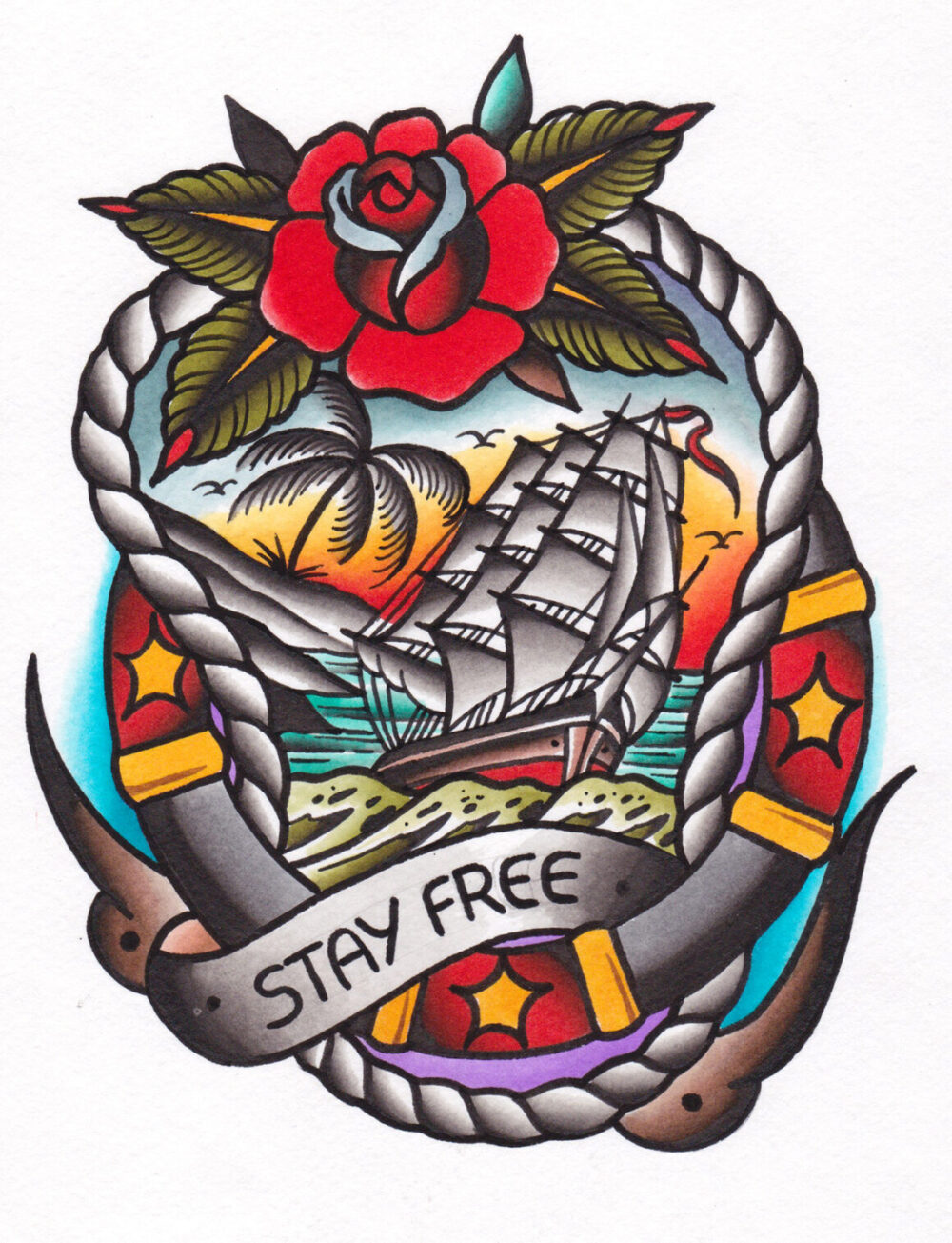
The first part of the book deals with you and your story. Can you give us a brief rundown of your moves, your mentors, the shops you worked in and the experiences that mattered so much that you’d like to tell us about them here?
The first shop I worked in I was so young I didn’t have to shave yet. I really owe so much to the person who took me in there and sadly today is no longer with us.
Then at a certain point I felt the need to grow, to get out of my comfort zone and see what was going on outside and open myself up to new criticism.
The first shop where this occurred was Psycho Tattoo in Rome, which was where I met Heinz, a generous artist as well as a good friend.
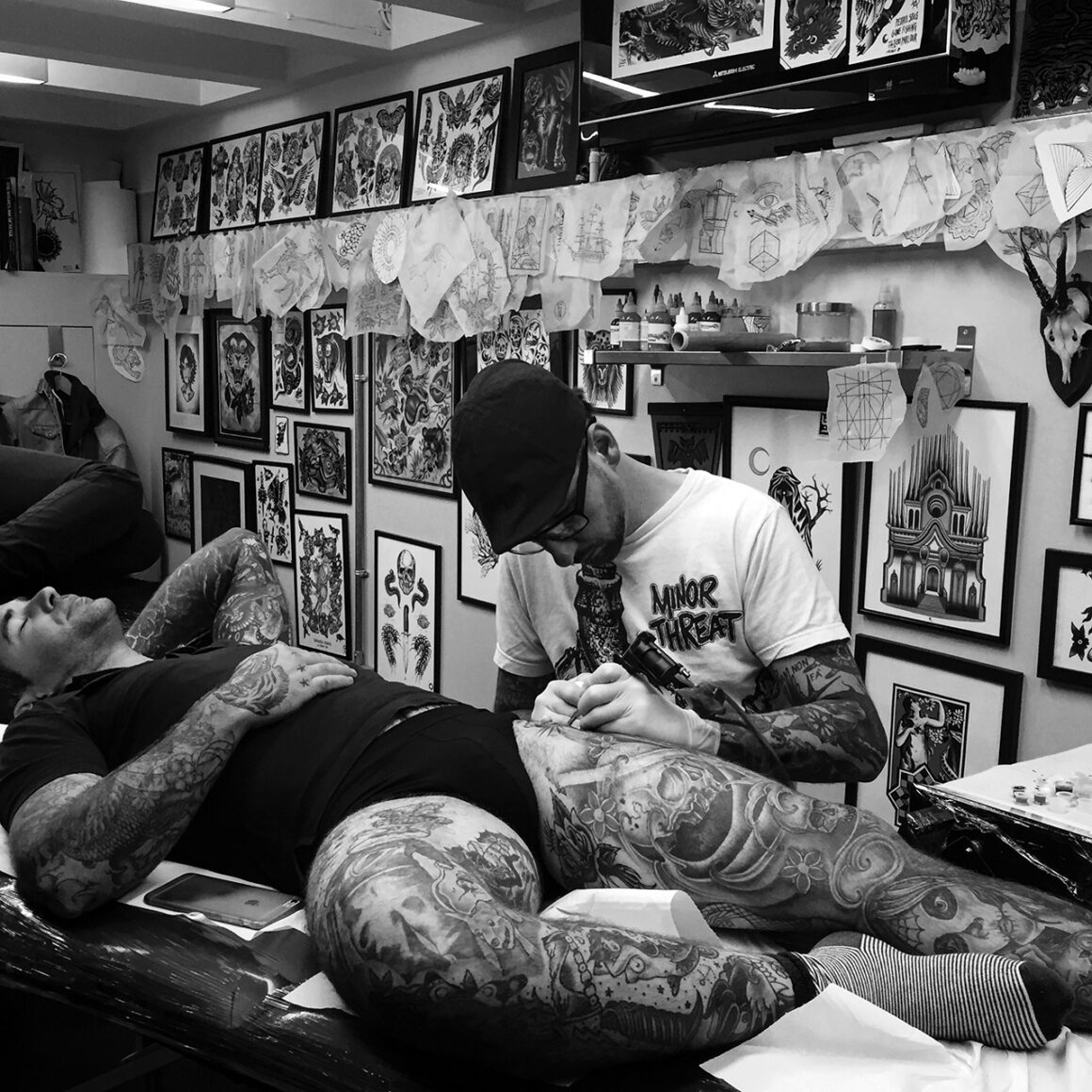
And no less an artist and friend was El Bara. From there I did an escalation of guest spots, first all over Italy, then all over Europe, Madrid, London, Paris, Edinburgh, Amsterdam, Brussels, Hamburg, Frankfurt, Berlin…and then I went to the States: New York, Los Angeles, San Francisco. I have great memories of my guest spots in the historic tattoo shop New York Adorned.
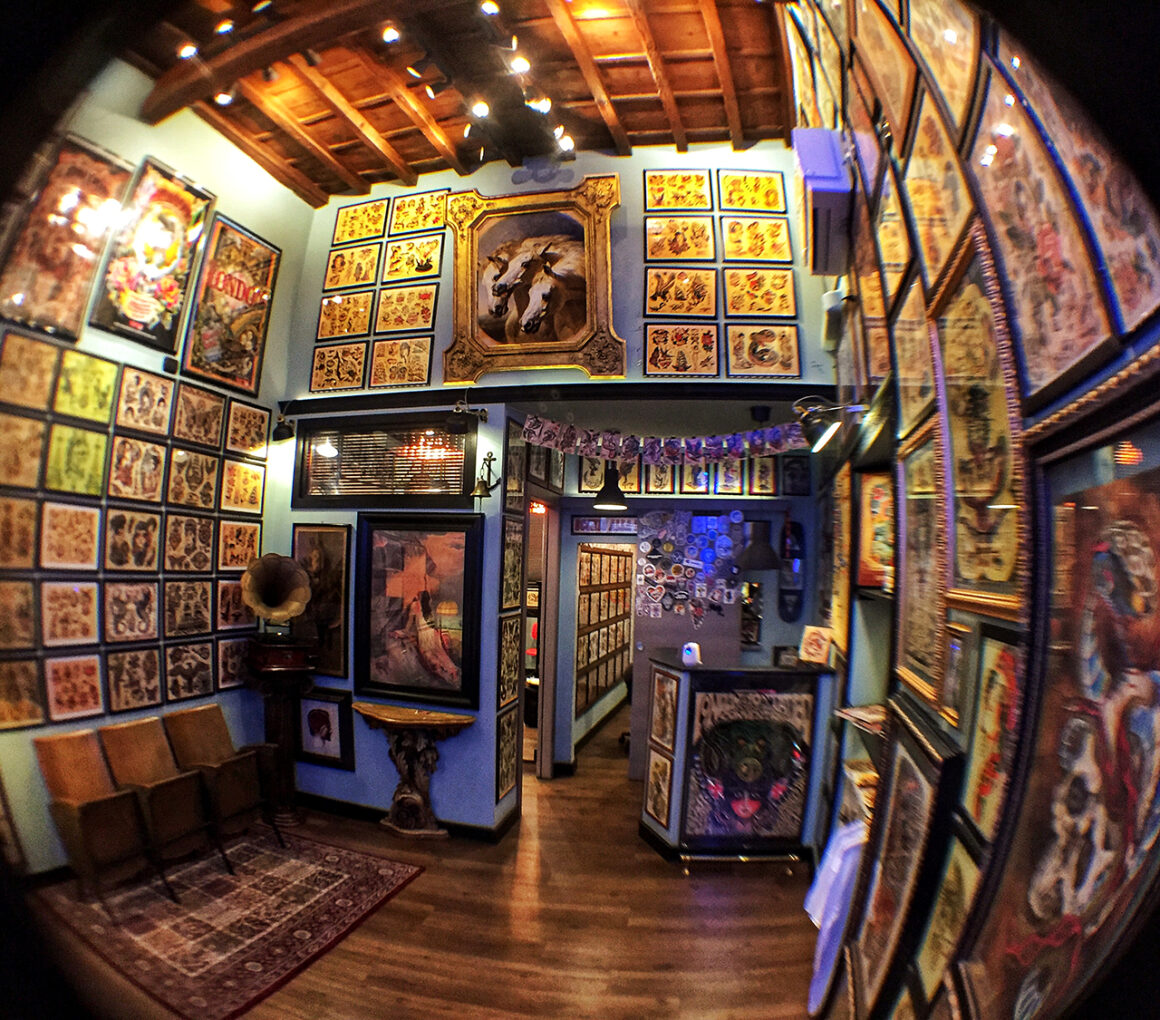
This is your first real book so what does it feel like to get that sort of recognition on the tattoo scene?
And finally, who have you dedicated it to?
It fills me with pride, a great achievement which in a certain sense rewards me for all those years devoted to tattoo. Feelings I often only share with myself before fall asleep at night. I dedicate this book to all those people who have always supported me, the clients who often travel for hours to get tattooed…and why not, also to myself who worked so hard to get to where I am today.
SHOP IT NOW!
Don’t miss this amazing collection of pure Traditional with over 500 pieces, including tattoos, plates, flash and sketchbooks by Italian tattooist Samuele Briganti in over 15 years of tattooing.
